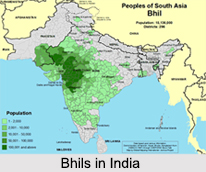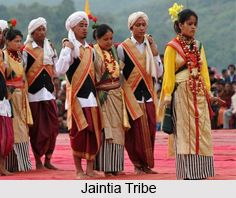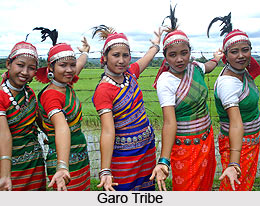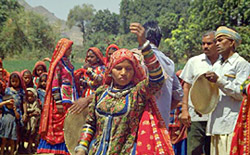Himalayas in the north region close to the Uttara-Kurus. There has been mention of the Madras in many of the Puranic texts. In Ramayana it has been said that Sugriva had sent monkeys to the land of Madras or Madrakas in quest of Sita. In the Vishnu Purana mention is made of Madra together with Arama, Parasika, etc. and in the Matsya Purana it has been mentioned together with Gandhara and Yavana.
It has been said in history that the Madras held the central portions of the Punjab. The capital of the Madras was Sagala or Sakala. In the epic period they occupied the district of Sialkot, between the rivers Chenab and Ravi, or, according to some, between Jhelum River and the Ravi River. The Madra tribe or kingdom is mentioned in the Bhisma Parva of the Mahabharata in Varahamihira`s Brihat samhita, and in Panini`s grammar.
As mentioned in Mahabharata Madras was a community in Punjab. The capital of Madras was Sagala. Sagala was destroyed by Alexander, the Great. Shalya was the king of Madra. He supported Duryodhana and fought against the Pandavas during the Kurukshetra War.
According to the evidence of the Sanskrit epics and Pali Jatakas, the Madras were Kshatriyas and they entered into matrimonial alliance with the Kshatriya dynasties of the Gangetic kingdoms. Satyavan and Savitri were popular all over India and various legends say that Savitri was the daughter of King Asvapati, the king of Madra. The Madras, according to the Arthasashtra of Kautilya was a corporation of warriors, and enjoyed the status of rajas. The Mahabharata narrates that it was a family custom of the Madras to receive a fee from the bridegroom when they gave their daughters in marriage. The marriage proposal was first made by the bridegroom`s party to the bride`s party. When Pandu, the Kuru prince, won the hand of Kunti, the daughter of a Bhoja king, in a Swayamvara, Bhisma wished him to take a second wife as well. Bhisma accordingly set out with a retinue and coming to the city of the Madra king named Salya of the Vahlika dynasty, asked the king to give his sister in marriage to Pandu. Salya told him of the custom of receiving a fee; Bhisma consented and having given the Madra king much wealth as fee for the bride, he brought her to Hastinapura, where the marriage ceremony was performed.
It appears that the kingdom of Madra was still intact in the ninth century A.D., because Madras was the allies of Dharmapala, the monarch of Bengal, who with the help of the Madras and other northern powers had dethroned Indraraja, king of Panchala.





















